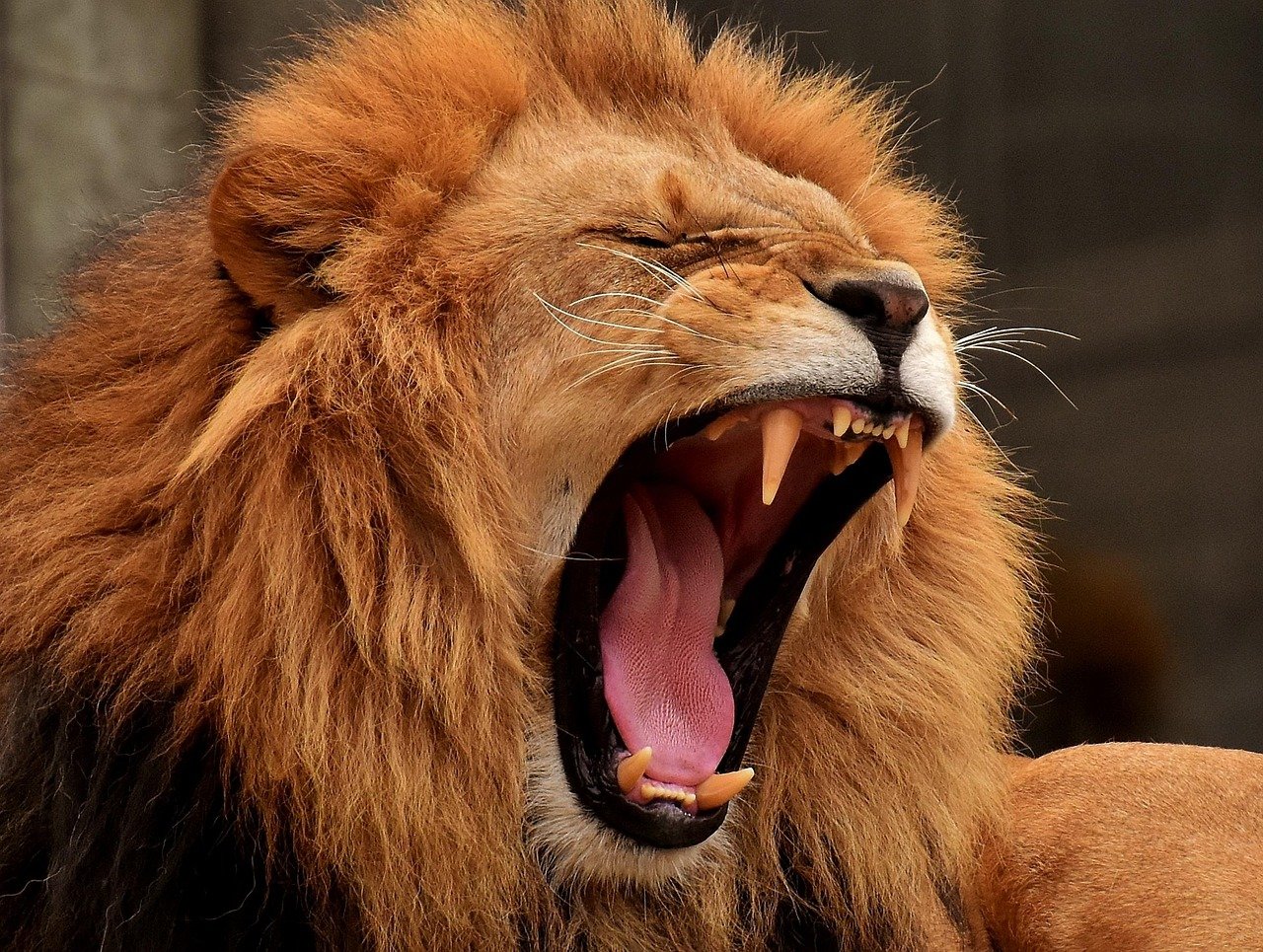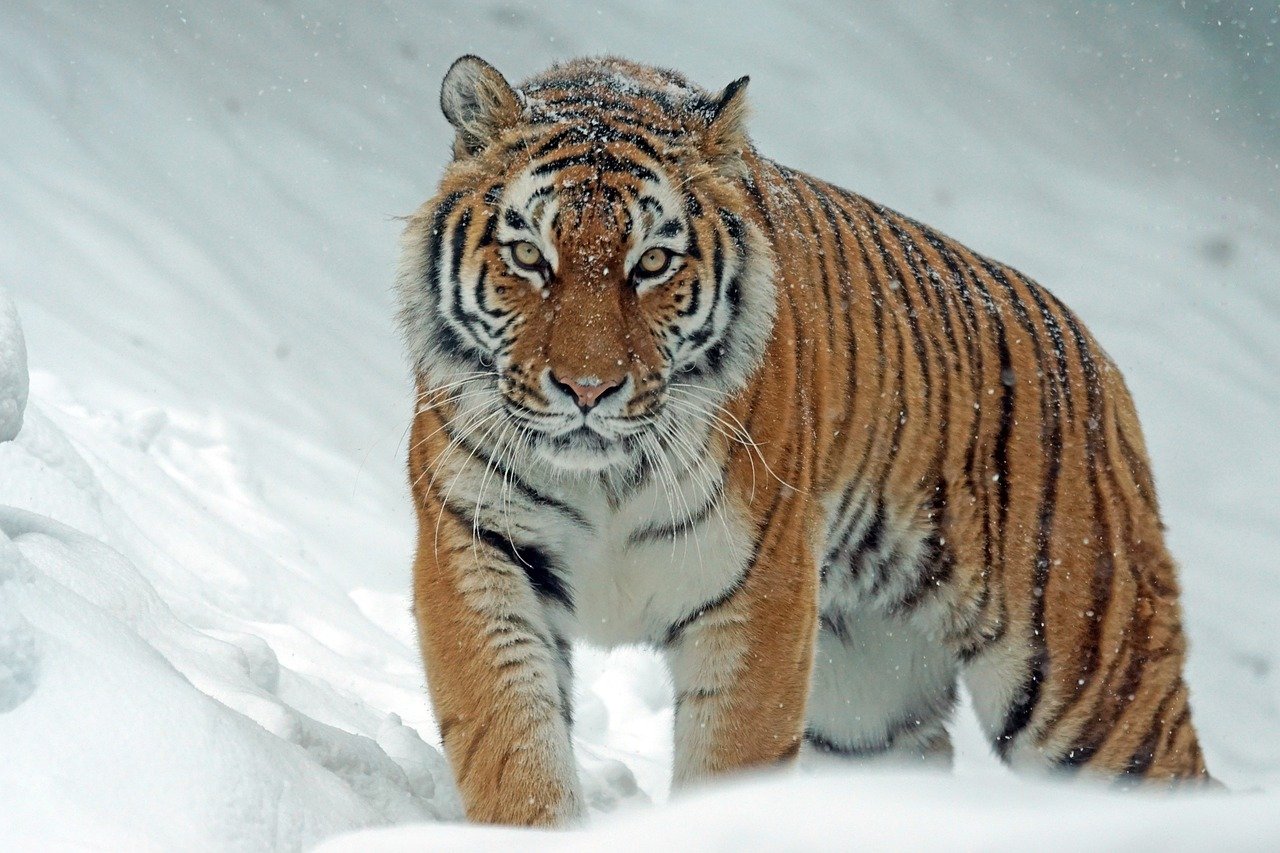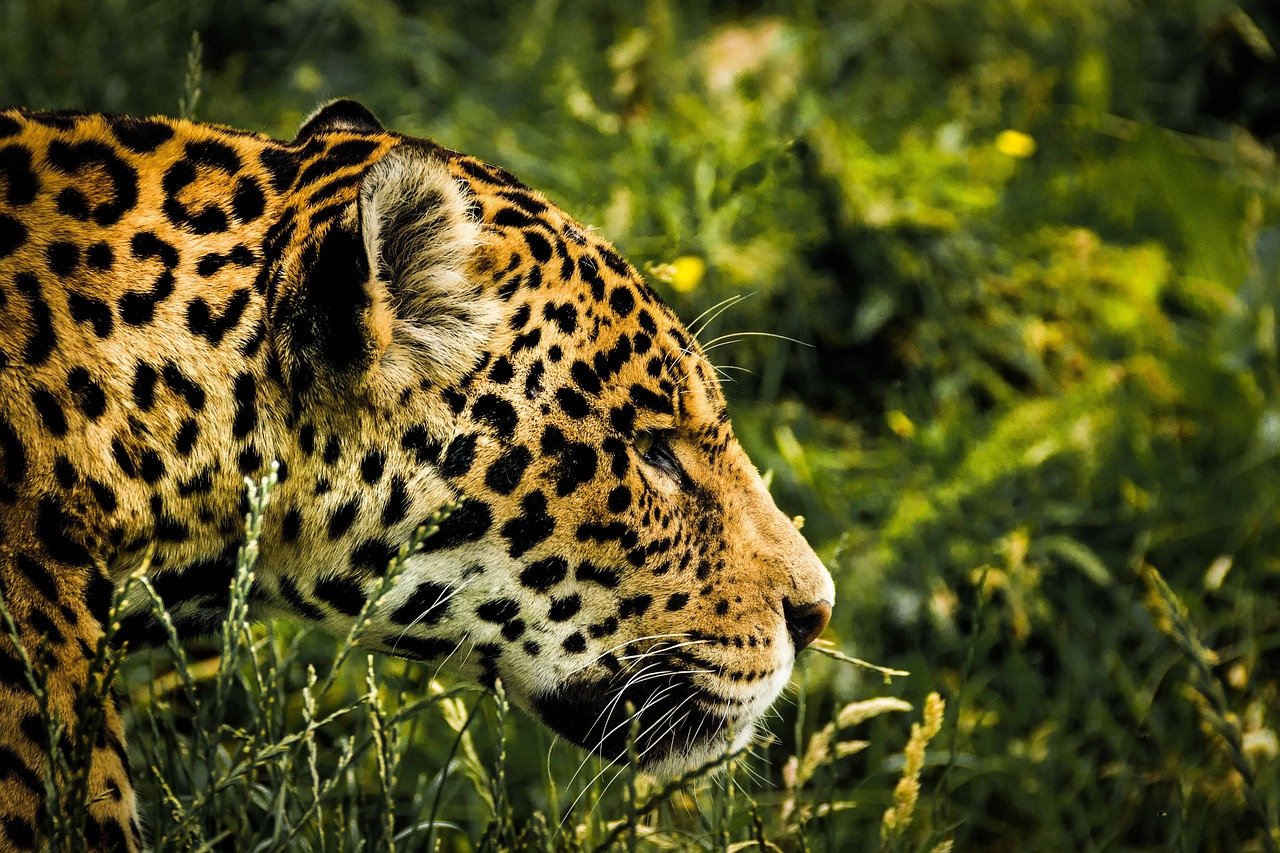The world of big cats is as fascinating as it is mysterious. For many years, these majestic creatures have roamed the earth, capturing the imagination of humans with their grace and power. Recent efforts by scientists and conservationists have led to the reclassification of several big cat species, reflecting new understandings of their genetic makeups and ecological roles. This reclassification aims to improve conservation strategies and ensure the survival of these incredible animals.
Lion: King of the Savanna

Lions, known as the “king of the jungle,” actually inhabit the savannas of Africa, not the dense jungles. Recent genetic studies have led to a reclassification, identifying distinct subspecies based on geographical distribution. The African lion is now recognized separately from the Asiatic lion, which resides in India’s Gir Forest. This distinction is crucial for conservation efforts, as the Asiatic lion is critically endangered, with only a few hundred individuals remaining. Protecting distinct populations helps ensure the genetic diversity necessary for species survival. The reclassification also highlights the cultural significance of lions in various regions, fostering local conservation initiatives. As apex predators, lions play a vital role in maintaining the balance of their ecosystems.
Tiger: Stripes of the Wild

Tigers, with their striking stripes, are one of the most iconic big cats. They have been reclassified into several subspecies, each adapted to different environments across Asia. The Bengal tiger, for example, roams the dense forests of India, while the Siberian tiger, also known as the Amur tiger, is adapted to the cold climates of the Russian Far East. This reclassification underscores the importance of habitat-specific conservation strategies. Each subspecies faces unique threats, from poaching to habitat loss, requiring tailored approaches for their protection. Moreover, tigers are solitary creatures, making their conservation even more challenging. The reclassification also emphasizes the cultural importance of tigers in folklore and mythology, fostering community support for their conservation.
Leopard: Stealth and Versatility
Leopards are known for their adaptability, inhabiting diverse environments from African savannas to Asian rainforests. Recent genetic analysis has led to the identification of several distinct subspecies, such as the African leopard and the endangered Amur leopard. This reclassification highlights the need for region-specific conservation efforts, as different subspecies face unique challenges. Leopards are solitary and elusive, often avoiding human interaction, which makes monitoring their populations difficult. Despite these challenges, their adaptability has allowed them to survive in proximity to human settlements. The reclassification also draws attention to the role leopards play in controlling prey populations, maintaining ecological balance.
Cheetah: Speed and Grace
Cheetahs, renowned for their incredible speed, have been reclassified into distinct subspecies based on their geographic distribution. The African cheetah is now recognized separately from the critically endangered Asiatic cheetah, which has a small population confined to Iran. This reclassification is vital for targeted conservation efforts, as the Asiatic cheetah faces severe threats from habitat loss and human conflict. Cheetahs are unique among big cats for their reliance on speed rather than strength, which shapes their hunting strategies and ecological roles. The reclassification also emphasizes the need for international cooperation in cheetah conservation, as their vast home ranges often span multiple countries.
Snow Leopard: Ghost of the Mountains
Snow leopards, often referred to as the “ghosts of the mountains,” inhabit the harsh terrains of Central Asia. Recent studies have led to the identification of distinct genetic groups within the species, prompting a reclassification. This distinction is crucial for understanding the unique adaptations of snow leopards to their environments, such as their thick fur and powerful limbs. The reclassification highlights the importance of conserving their mountainous habitats, which are threatened by climate change and human encroachment. Snow leopards are solitary and elusive, making conservation efforts challenging. Their reclassification emphasizes the need for community-based conservation initiatives, as they often inhabit areas with human populations.
Jaguar: Power and Mystery

Jaguars, the largest big cats in the Americas, have been reclassified to reflect their genetic diversity across their range. This reclassification underscores the importance of preserving genetic diversity within the species, as jaguars face threats from habitat fragmentation and poaching. Jaguars are known for their powerful jaws and ability to hunt in water, making them unique among big cats. The reclassification highlights the need for cross-border conservation efforts, as jaguars often traverse multiple countries in search of prey. Jaguars play a crucial role in maintaining the health of their ecosystems by controlling prey populations. Their reclassification also emphasizes their cultural significance in indigenous folklore and mythology.
Puma: The Elusive Mountain Lion
Pumas, also known as mountain lions or cougars, have been reclassified to reflect their extensive range across the Americas. This reclassification highlights the adaptability of pumas to diverse environments, from deserts to forests. Pumas are solitary and elusive, often avoiding human interaction, which makes monitoring their populations difficult. Despite these challenges, their adaptability has allowed them to survive in proximity to human settlements. The reclassification emphasizes the need for regional conservation strategies, as pumas face unique threats in different areas. Pumas play a vital role in controlling prey populations, maintaining ecological balance.
Clouded Leopard: Arboreal Acrobats
Clouded leopards, with their distinctive cloud-like spots, have been reclassified to reflect their genetic diversity across Southeast Asia. This reclassification underscores the importance of preserving the unique adaptations of clouded leopards to their arboreal habitats. Clouded leopards are known for their incredible climbing abilities, using their long tails for balance in the trees. The reclassification highlights the need for habitat-specific conservation efforts, as clouded leopards face threats from deforestation and habitat fragmentation. Clouded leopards play a crucial role in maintaining the health of their ecosystems by controlling prey populations. Their reclassification also emphasizes their cultural significance in indigenous folklore and mythology.
The reclassification of these big cats is not just a scientific endeavor; it is a call to action for conservationists and cat enthusiasts worldwide. By understanding the unique needs and challenges faced by each species, we can develop more effective strategies to protect these magnificent animals for future generations.
Hi, I’m Bola, a passionate writer and creative strategist with a knack for crafting compelling content that educates, inspires, and connects. Over the years, I’ve honed my skills across various writing fields, including content creation, copywriting, online course development, and video scriptwriting.
When I’m not at my desk, you’ll find me exploring new ideas, reading books, or brainstorming creative ways to solve challenges. I believe that words have the power to transform, and I’m here to help you leverage that power for success.
Thanks for stopping by, Keep coming to this website to checkout new articles form me. You’d always love it!






